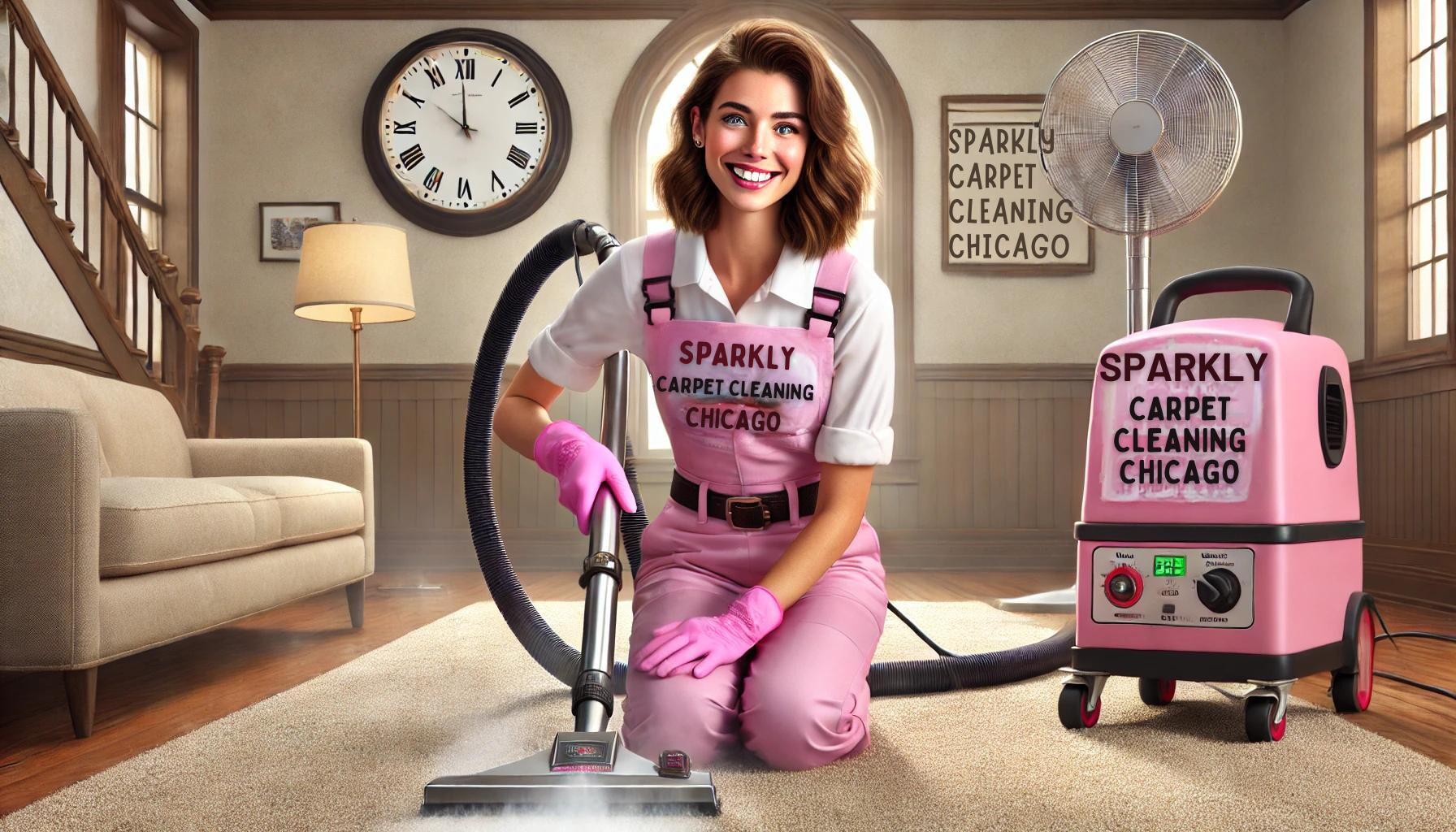A Deep Dive Into Carpet Drying Duration What To Expect After Cleaning
Carpet Drying Duration After Professional Cleanings
A Comprehensive Guide to Efficient Carpet Drying Techniques
Carpet cleaning is an essential task for maintaining a fresh and hygienic home environment. However, one of the common concerns after having carpets cleaned is the drying time. The duration for carpets to dry can depend on various factors, including the cleaning method used, the type of carpet fibers, environmental conditions, and the equipment utilized.
Factors Influencing Carpet Drying Duration
Method of Cleaning: The cleaning technique is pivotal in determining how long it takes for a carpet to dry. For example, hot water extraction methods generally take longer to dry compared to dry cleaning methods. Hot water extraction, often referred to as steam cleaning, involves injecting hot water and cleaning agents deep into the carpet fibers, then extracting them along with the dissolved dirt. This method may leave more moisture in the carpet, which requires adequate time to evaporate.
Carpet Material: The type of material can significantly impact drying times. Wool carpets, known for their durability and softness, can absorb a lot of water and thus take longer to dry. Synthetic fibers like nylon or polyester are less absorbent and tend to dry faster.
Environmental Factors: The conditions in the room where the carpet is located play a significant role in drying times. Factors such as humidity, temperature, and airflow can all influence how quickly a carpet dries. High humidity or low temperatures can slow down the drying process, while increased airflow and higher temperatures tend to accelerate it.
Practical Steps to Speed Up Carpet Drying
Use Air Movers or Fans: Employing fans or air movers around the cleaned area can dramatically reduce drying time by enhancing airflow. These devices help to circulate air across the carpet’s surface, which promotes faster evaporation of moisture.
Dehumidifiers: In humid environments, combining the use of dehumidifiers with fans is highly effective. Dehumidifiers remove moisture from the air, aiding in a quicker drying process.
Heating and Air Conditioning: Adjusting the heating or air conditioning based on the weather can also affect drying times. In cooler climates, increasing the heat can aid in drying, while in warmer months, using air conditioning not only cools the air but also helps in moisture removal.
What to Expect: Average Drying Times
While drying times can vary, there are general guidelines based on the cleaning methods employed:
Hot Water Extraction (Steam Cleaning): This method typically takes about 6 to 12 hours to dry completely, although this could extend under less ideal environmental conditions.
Dry Cleaning Methods: These methods involve minimal moisture and usually allow carpets to dry within about 1 to 2 hours.
Homeowners should allow carpets to dry thoroughly before resuming regular use to prevent resoiling and ensure the longevity of the carpet’s cleanliness.
Enhancing Drying Efficiency
Positioning and Room Layout: Adjusting furniture and room layout to optimize airflow can significantly influence drying times. Removing small furniture items and ensuring that larger pieces do not obstruct air movers or vents can help.
Regular Maintenance: Regular vacuuming and maintenance of carpets can prevent excessive buildup of dirt and oils that might extend drying times after cleaning sessions.
Ready to Walk: Carpet Drying Complete
Properly dried carpets not only look cleaner but also contribute to a healthier living environment by reducing the risk of mold and mildew growth. The waiting period for carpets to dry might seem lengthy, but the fresh, clean outcome is beneficial. By understanding the factors affecting drying times and taking proactive measures, homeowners can ensure their carpets dry as efficiently as possible. Planning effectively for a carpet cleaning can help minimize disruption to your daily routine and maintain the aesthetic and hygienic quality of your home.



